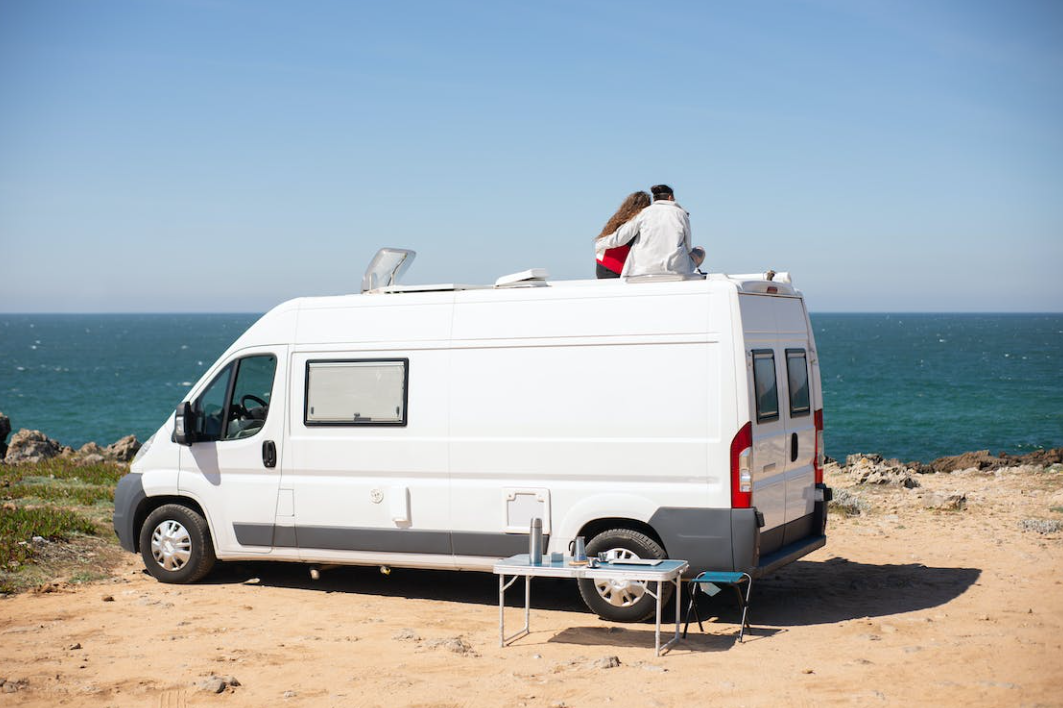
Running an RV off the grid means relying on power sources that are not connected to the electrical grid, such as solar panels, wind turbines, or gas generators. The amount of power required to run an RV off-grid depends on a variety of factors, including the size of the RV, the number of appliances and electronics you plan to use, and the length of time you plan to stay off-grid.
To determine how many watts you need to run your RV off the grid, you need to first calculate your total power usage. This involves identifying all the appliances and electronics you plan to use and determining their power requirements.
The power requirements for each appliance or electronic device are usually listed on a label or in the owner’s manual. If you can’t find the power requirements, you can estimate them based on the wattage of the device or the amperage it draws. To calculate the power required in watts, simply multiply the amperage by the voltage (usually 12 volts for an RV).
For example, a 100-watt light bulb draws 8.3 amps (100 watts ÷ 12 volts). A refrigerator might draw around 5 amps, a TV might draw around 3 amps, and a laptop might draw around 2 amps. Once you have a list of all the appliances and electronics you plan to use and their power requirements, you can add up the total power usage to determine how many watts you need to run your RV off-grid.
In general, RVs require between 1,000 and 3,000 watts to run off the grid. However, this can vary widely depending on the size of the RV, the number of appliances and electronics you plan to use, and how efficiently you use energy.
To maximize energy efficiency and reduce your power usage, consider the following tips:
- Use energy-efficient appliances and electronics: Look for appliances and electronics that are designed to be energy efficient, such as LED light bulbs, Energy Star-certified refrigerators, and laptops with low-power processors.
- Use propane: Propane is an efficient and affordable fuel source that can be used for cooking, heating, and powering appliances such as refrigerators and water heaters.
- Insulate your RV: Proper insulation can help keep your RV cool in the summer and warm in the winter, reducing the need for air conditioning and heating.
- Use natural light: Instead of relying on artificial light during the day, open curtains and blinds to let in natural light.
- Minimize water usage: Water pumps and heaters can use a lot of energy, so try to conserve water by taking shorter showers and turning off the tap while brushing your teeth.
When setting up your RV for off-grid living, you may also want to consider installing a solar panel system, wind turbine, or gas generator to generate the power you need. Solar panels and wind turbines are clean and renewable energy sources that can provide a reliable source of power, while a gas generator can provide a backup power source in case of emergencies or unexpected power outages.
The cost of setting up an off-grid power system for your RV can vary widely depending on the size of your RV, the number of appliances and electronics you plan to use, and the type of power system you choose. A basic solar panel system might cost around $1,000 to $3,000, while a gas generator can cost anywhere from a few hundred to several thousand dollars.
Running an RV off the grid requires careful planning and consideration of your power needs. To determine how many watts you need to run your RV off-grid, you need to calculate your total power usage by identifying all the appliances and electronics you plan to use and determining their power requirements. By maximizing energy efficiency and using alternative power sources such as solar panels, wind turbines, or gas generators, you can reduce your power usage and enjoy the freedom and independence of off-grid living.